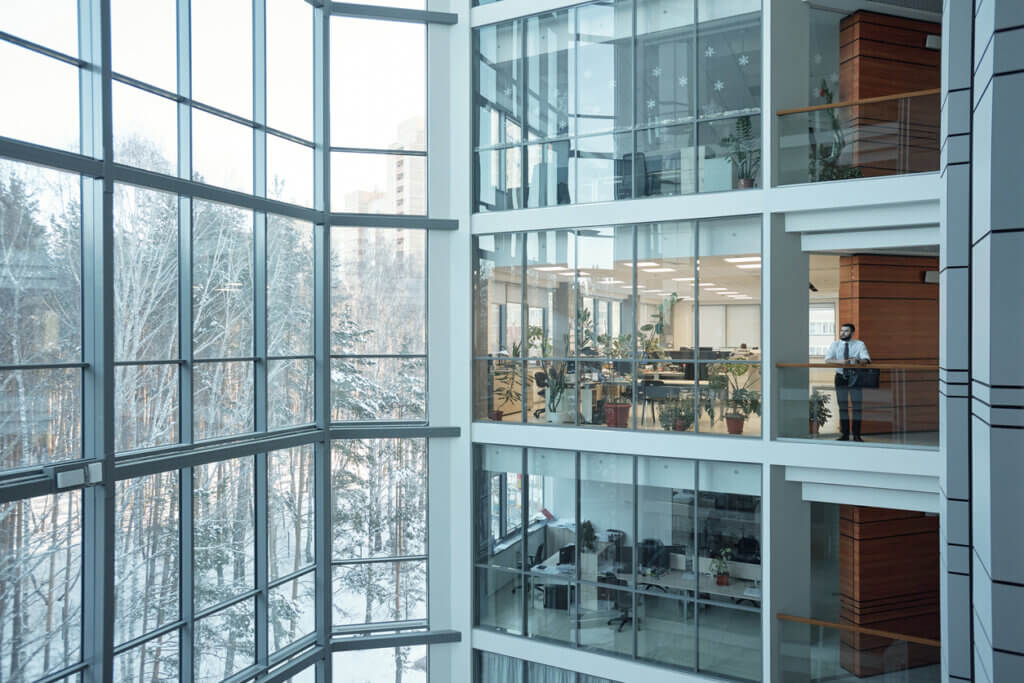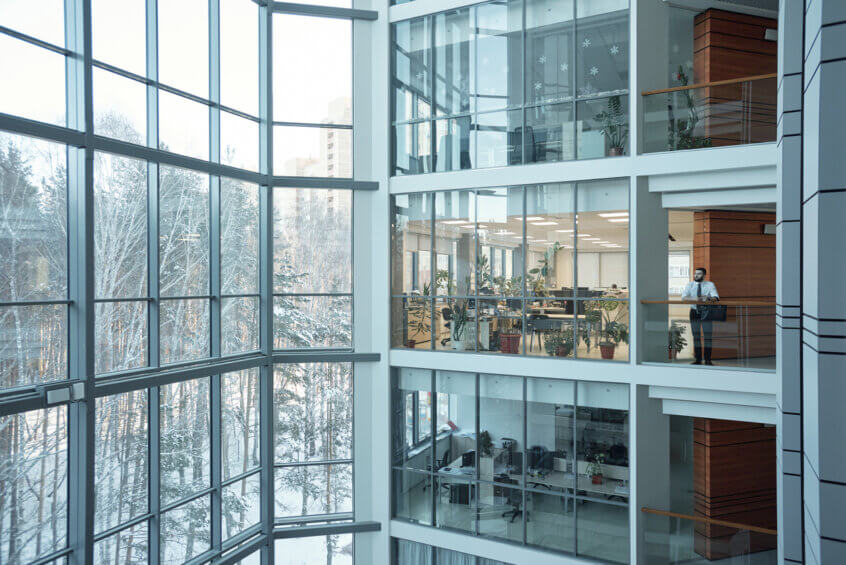
Though they can benefit buildings in all markets, commercial buildings are particularly well suited for direct digital control (DDC) systems. DDC systems offer several key advantages over traditional pneumatic systems for controlling a building’s HVAC systems. Both systems can perform the same functions, but DDC is simpler to work with and troubleshoot, and can be controlled and adjusted from a central workstation.
How does DDC work?
Direct digital control is a computer-based process where electric signals are sent from a sensor to the central controller. The systems are programmable so that various functions can be preset. Sensors monitor variables, including temperature, humidity, and airflow, while the computer produces commands in response to changing environmental conditions. Actuators interface between the control system and mechanical systems, which include motors, valves, and dampers.
The following are some of the primary advantages of utilizing a DDC system:
Energy Savings
Equipment is controlled in a more optimized manner when the operations are programmed. Sensors monitor for preset conditions and can change the operations as needed. This results in energy savings as the equipment is operated only when necessary. During periods when building occupancy is lower, the HVAC system doesn’t run unnecessarily. Energy savings mean a lower power bill.
Faster Response Time
Operators have real-time information so that they can respond appropriately. Remote monitoring of the HVAC system means a facilities manager can view the status and adjust based on environmental changes. It’s not necessary for personnel to physically check on the equipment. This can all be accomplished before building occupants complain about comfort levels.
Increased Occupant Comfort

DDC systems are more precise than pneumatic systems, so the comfort-ability of occupants is enhanced. Each temperature-controlled zone of a building has a thermostat or sensor associated with the DDC controller. Potential heating or cooling issues can be resolved before ever causing issues for occupants.
Reduces System Downtime
Network analysis and diagnostics reduce downtime and alert facilities staff when preventative maintenance is due. Proactively managing HVAC and control systems enhances system performance and reduces maintenance and operating costs. Lengthy downtimes may be avoided, and the value of the investment is maximized.
How McKenney’s Can Help
McKenney’s offers solutions for every stage of a building’s life cycle. During the Preconstruction stage, our team can design the best HVAC systems to meet client needs, including the DDC system that will control operations. McKenney’s can implement the change from a pneumatic system to DDC technology in existing buildings. We will streamline the transition from one system to another for easy monitoring and maintenance. McKenney’s can design other DDC automation and control solutions for buildings that control lighting, security, fire monitoring, and other mechanical systems. Contact us today for more information.






